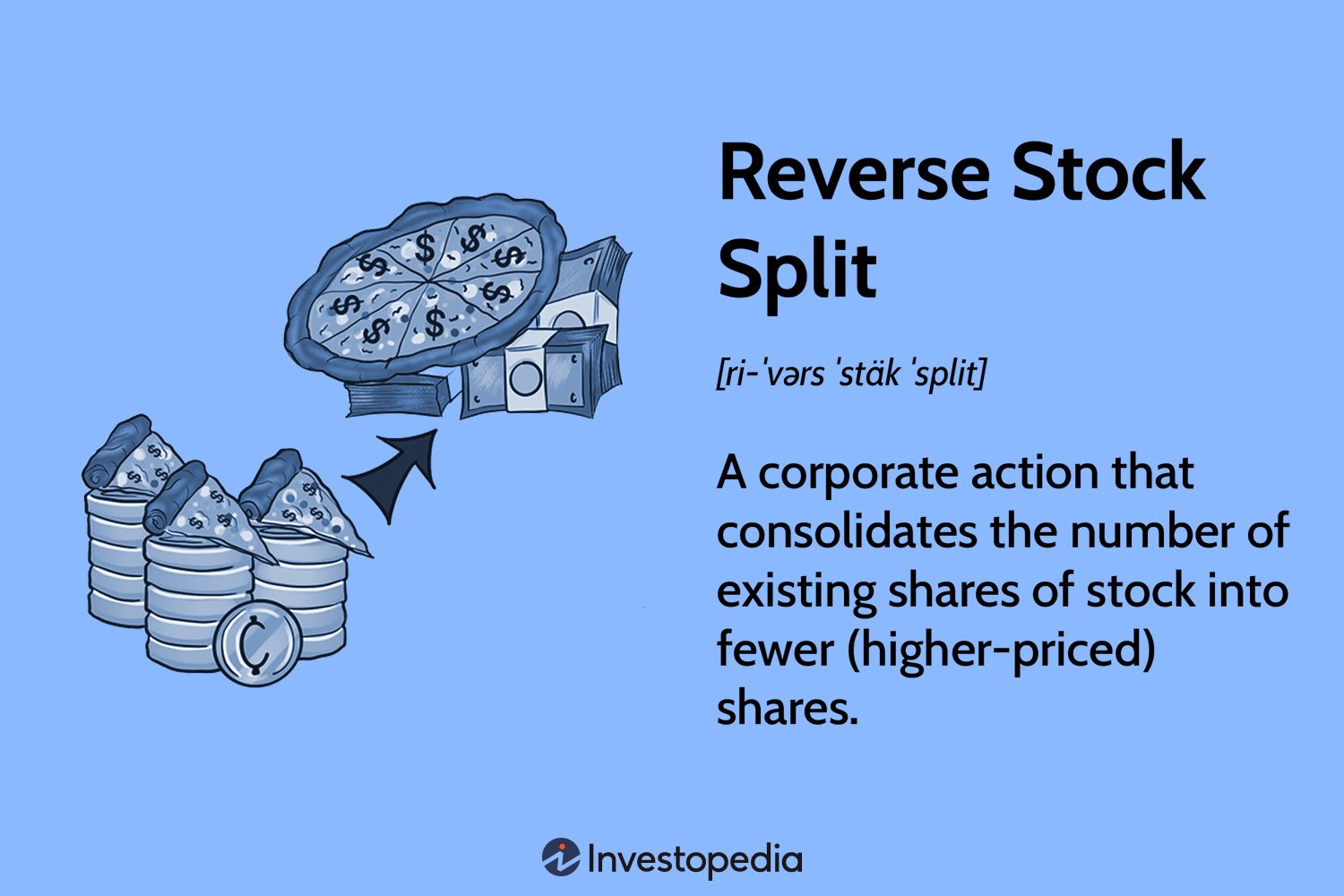rgupta
Regular
I may not be the right person to answer your question, but looks like brainchip have funding for 4-6 quarters. Then by Dec 23 renasas will launch their chip with akida inside. There is high possibility megachips will also start giving some royalties with in 4-6 quarters. 1 year can be a good time for BRN to sign new contracts with akida 2.Hello All
I was hoping someone could shine a light on a query I have.
First of all, I’m not bothered about the SP falling, I know that there’s a lot of manipulation going on atm. I have been accumulating in small parcels as the price has dropped. To me it’s a golden opportunity.
However, on crapper, a lot of down ramping is going on and in reference to Brn having funding only for a few more quarters and then will require a CR. I know that revenue might come into play but it probably won’t be enough to cover overheads.
With the SP currently at 15 cents and quarterly results due soon, it is quite possible that revenue would not have increased by much unless contracts are signed. The fact that no announcements have been made probably indicates no new contracts.
A quarterly report indicating no increase revenue will impact on the SP further and possibly driving the SP down to single digits.
So my question is:
How financially stable are Brn atm?
If Brn do require a CR it would mean more diluting of shares?
I know that in the long run Brn will achieve its revenue goals but shorters will take full advantage and this could put Brn in a very vulnerable state.
Keen to hear your thoughts. These are genuine questions which I’m hoping someone can give me genuine answers.
So on the whole if the revenue is not getting through in next 4 quarters that will mean we overestimate our investments. But if renue of 2 million to 5 million start flowing through per quarter the sp will improve and even if we need a capital raise dilution will be minimum. On the other hand if revenue of 5-10 million start coming per quarter by then that will mean we may not need a capital raise at all.
End of the day no investment comes without a risk but investing at lower prices reduces those risks.
Dyor



